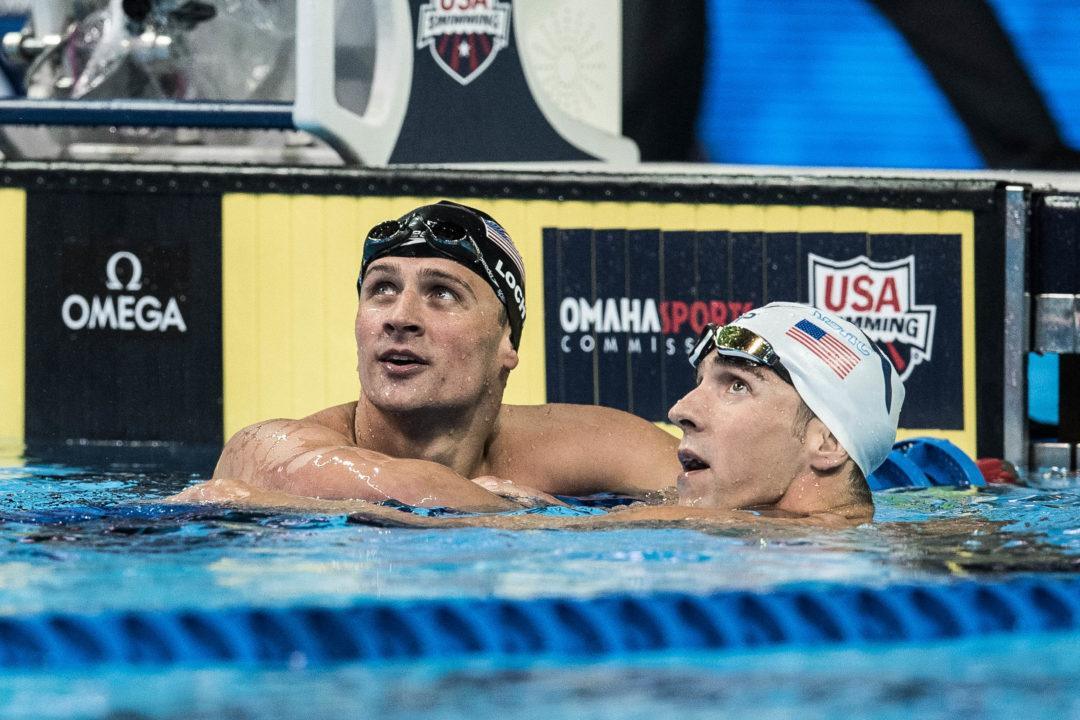Courtesy of and written by Chad Castillo – A.K.A “Coach C.”
The first heat of the 100 yard backstroke has just finished. Your athlete took first by a few body lengths. This usually means a personal best time, or another success that should be applauded. However; you are not feeling like a proud coach after today’s performance. Your athlete hops out of the water seemingly fresh as a daisy. They aren’t showing any signs of physical exertion, (breathing hard, or hands on hips) and they laugh as they walk back to the coaches table in a very unlabored conversation. You ask how their race went, and the athlete says nonchalantly “I could have gone faster”.
If you have coached athletes during a swim meet, you may have experienced this situation.
In a perfect world, coaches and athletes are on the same page. The coach clearly communicates the effort level expectations for the meet and the athletes buy in and perform to the best of their ability. Despite years of searching, I have yet to find this world.
Human beings are built to conserve energy. Why should we exert more effort than we have to when our goal is already accomplished? If our ancestors captured enough food for the day, why would they want to go back out and catch more? This trait has served us well, but now it plays an annoying role in the coach/swimmer relationship.
If coaches can’t blame athletes for their lazy tendencies then what can we do? Great teachers and coaches have been answering this question for years with innovative ideas called incentive programs. Incentive programs are designed to give students and athletes reasons to go above and beyond their normal efforts. The programs challenge athletes to perform up to their capability and/or try to exceed it. If they do, then a reward is earned. We are trying to create a “carrot” at the end of a stick.
To combat the tendency of my club athletes to shut down their effort level when they feel they have won a race, I asked acclaimed veteran coach Steve Morsilli from the Pleasanton Seahawks for advice. Coach Morsilli visited my club in Tucson AZ during the winter of 2015 where he observed and offered countless gems of wisdom to our coaching staff. One such gem was his competition incentive program (which he uses primarily during his athlete’s high school season).
In Coach Morsilli’s program he rewards athletes for their effort. The athlete’s effort is indicated by how close they are to their career best time in an individual event. (Explanation to come) If an athlete proves that they are giving great effort in a majority of their races they have a chance to earn a prize at the end of the season.
Coach Morsilli’s competition incentive program is as follows: (Note: In this example, we are getting ready for high school swim season)
- Team captains are chosen for girls and boys and they break up the high school swimmers into teams
- Athletes swim in High School meets on Thursdays (in Arizona)
- The athletes earn points based on their performance in their INDIVIDUAL events. (Relay lead offs do not count)
- Scoring is as follows: (Based off of High School Dual Meet scores)6 pts: Best time to within 1% of best time4 pts: within 2-3% of best time
3 pts: Within 4-5% of best time
2 pts: Within 6-7% of best time
1 pt: Within 8-9% of best time
– (minus) 1 pt or more: 10% or above of best time
- Scoring is as follows: (Based off of High School Dual Meet scores)6 pts: Best time to within 1% of best time4 pts: within 2-3% of best time
- Times are reported to the team captains (up to tenths) and they are passed along to the score keeper (Steve in his example).
- Scores are kept running throughout the season. The athletes are kept up to date on the score and who is achieving best times through the weekly emails.
- At the end of the season there is a high point winner for each gender and a team winner. The high point score is calculated by dividing the athlete’s total score by the number of individual swims they attempted: ex.) 40pts/30 swims. The winning team is determined by the highest combined score.
- Prizes and accolades abound for winners
This incentive program seemed ingenious to me. Every athlete could participate in the program and each would have a chance to earn the prize since it was based on the individual’s time. The program also promoted performance tracking in a fun/healthy way, communication between peers and coaches and camaraderie with teammates.
As I said before, my club will be trying Coach Morsilli’s competition incentive program with our kids this high school season. I think they will be excited to compete with themselves and their team mates!
The beauty of this program is that you can modify it to help you inspire athletes in any competitive setting. We are using it for our high school season, but you could use it for a singular meet that you want to make sure the kids get up and race for. If you know enough about your athletes you could use the competition incentive program in your inter-squad meet at the beginning of the year. Perhaps you could keep a running score of practice challenges that you expect the kids to give their best effort on. There is no limit since the kids are competing with themselves.
Competition is the best form of training in our sport. If we can help our athletes understand that and give them the environment and incentives to produce that effort regularly it will surely help our athletes make gains in the water.
Thank you for your mentorship Coach Morsilli. Your time and expertise is appreciated.
Courtesy of and written by Chad Castillo – A.K.A “Coach C.”
